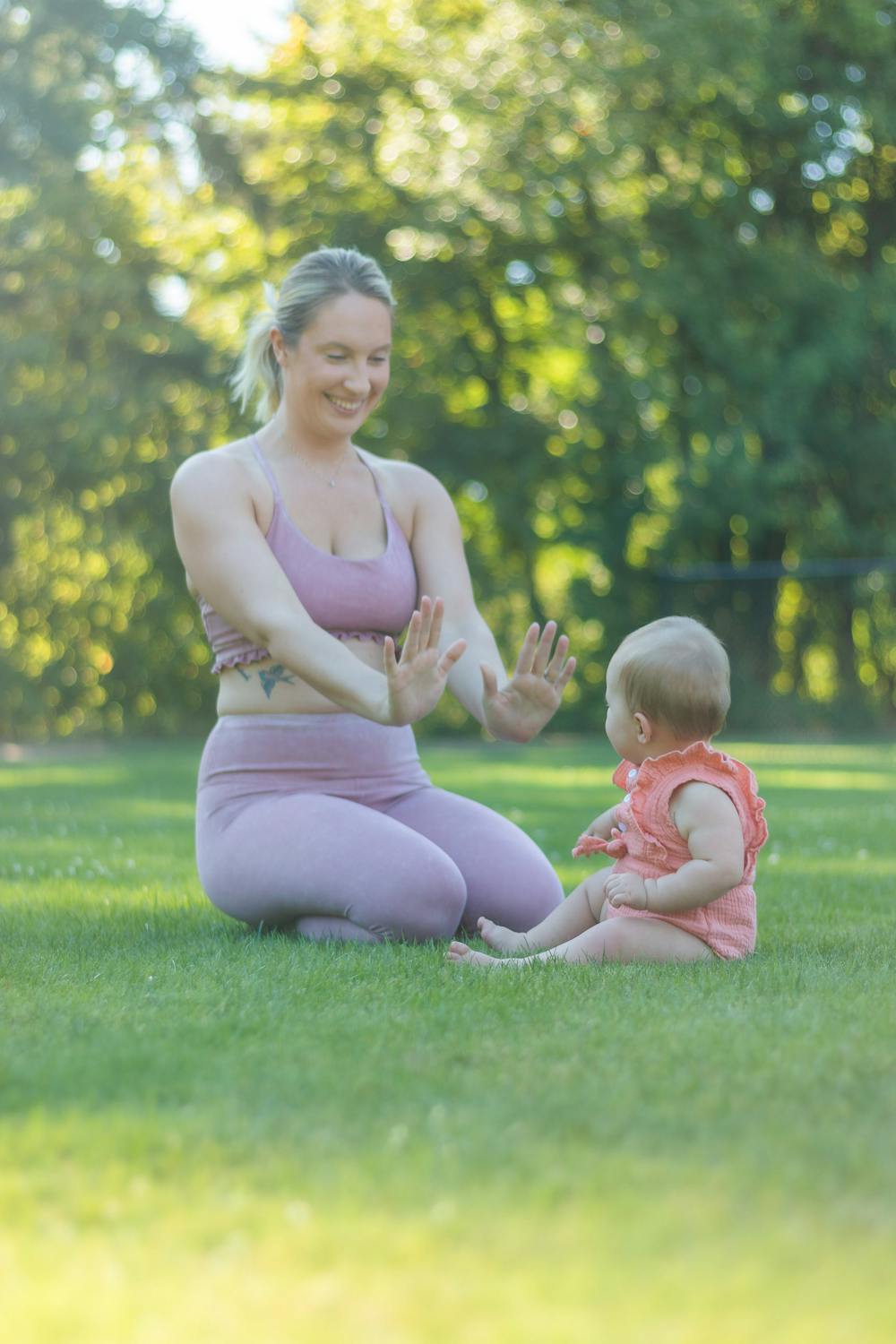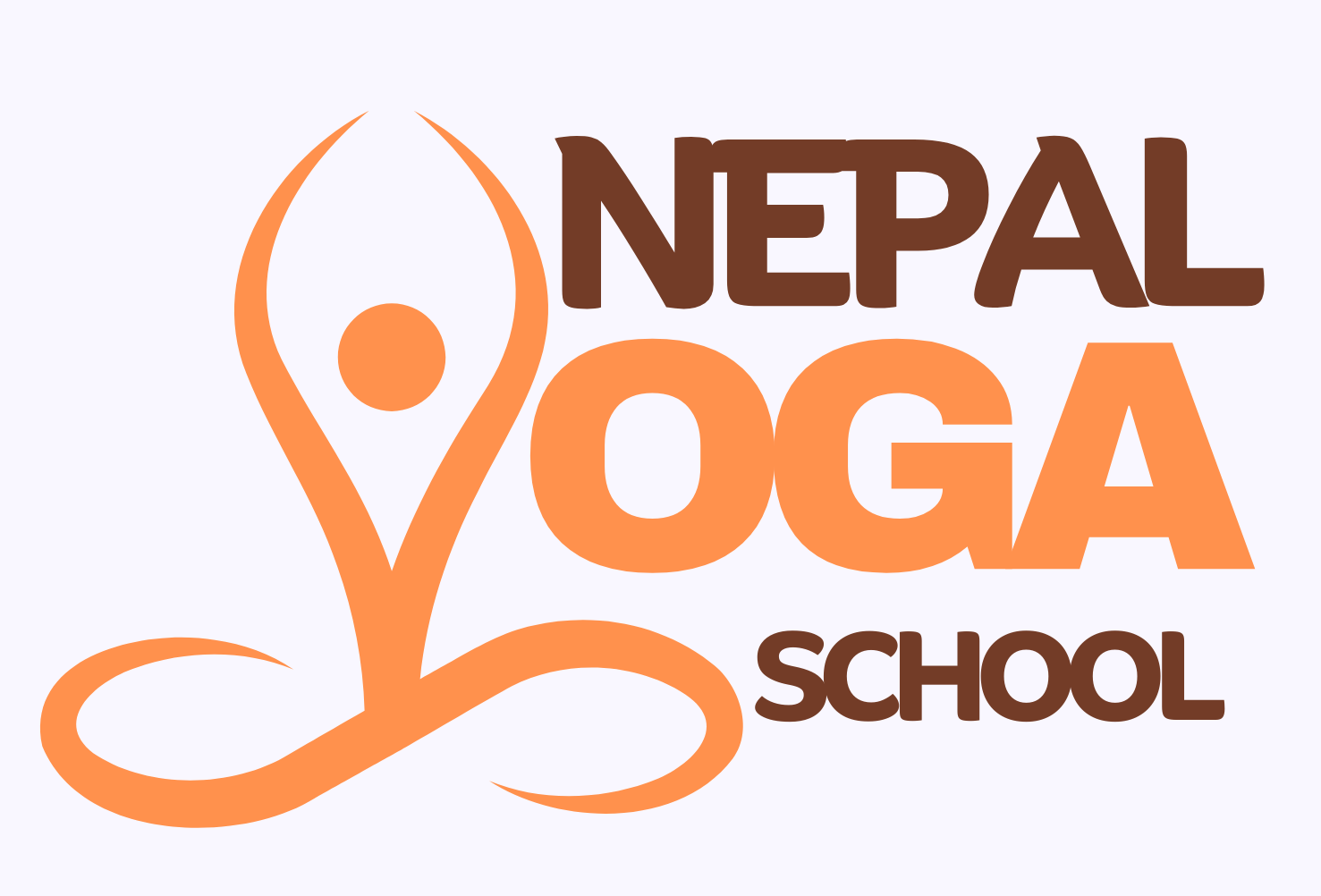We have discussed on Prenatal Yoga and Care. But what about being a new mother?
Becoming a new mother is like learning to dance on shifting sands. Your body, mind and spirit have just completed a monumental performance, and now you’re left finding your footing again. Postnatal Yoga offers a gentle compass, guiding you back to strength, balance, and a sense of calm after the whirlwind of childbirth. In this guide, we’ll dive into why Postnatal Yoga is a must for new moms, explore its many benefits, and share practical tips to weave it into your daily life.
1. What Is Postnatal Yoga?
At its heart, Postnatal Yoga is yoga adapted specifically for the postpartum body. It’s not about perfect poses or deep backbends; it’s about meeting your body where it is. Imagine your body as a house that’s been through a storm—Postnatal Yoga helps repair the foundation, patch the walls, and restore the roof, brick by brick, breath by breath.
This practice focuses on:
-
Rebuilding core and pelvic-floor strength
-
Relieving back, neck, and shoulder tension
-
Easing emotional turbulence through mindful breathing
It’s a holistic toolkit for mothers, offering a safe space to reconnect with themselves while caring for a newborn.
2. Physical Benefits of Postnatal Yoga
a. Rebuilding Core and Pelvic-Floor Strength
Pregnancy stretches the abdominal muscles and pelvic floor, sometimes causing a gap known as diastasis recti. Postnatal Yoga offers targeted movements—like gentle pelvic tilts and modified planks—that coax these muscles back together, much like stitching a tear in fabric. Over weeks, the separation narrows, improving posture and reducing back pain.
b. Easing Diastasis Recti
Healing diastasis recti isn’t about crunches; it’s about precision. Movements such as heel slides and Bridge pose activate the transverse abdominis—the body’s natural corset—encouraging the gap to close. With consistent Postnatal Yoga, many mothers see a significant reduction in abdominal bulge and regain functional strength.
c. Relieving Back, Neck, and Shoulder Discomfort
Carrying and nursing a baby can feel like hauling a sandbag around your neck. Postnatal Yoga includes chest-opening poses (like gentle Cobra) and shoulder rolls that release tension, while Cat‑Cow stretches mobilize the spine, alleviating stiffness and promoting better posture.
d. Improving Circulation and Postpartum Weight Management
The flowing sequences in Postnatal Yoga act like a massage for your circulatory system. Increased blood flow helps reduce swelling and supports lymphatic drainage, which can aid postpartum weight loss and reduce fluid retention. Think of it as shaking out the pipes to keep everything moving smoothly.
3. Mental and Emotional Benefits

a. Reducing Stress and Anxiety
Welcoming a baby brings joy—and often a tidal wave of worries. Postnatal Yoga uses mindful breathwork (like deep diaphragmatic breathing) to activate the parasympathetic nervous system, lowering cortisol levels and ushering in calm.
b. Preventing Postpartum Depression
Studies show that regular Postnatal Yoga correlates with decreased symptoms of depression and improved psychological well‑being. The blend of gentle movement, focused breathing, and meditative pauses creates a sanctuary from the storm of hormones and exhaustion.
c. Fostering Mindfulness and Bonding
During Postnatal Yoga, each inhale and exhale becomes a thread weaving you closer to the present moment—and to your baby. This mindfulness practice helps you savor small joys: a coo, a yawn, a soft skin against your chest. It’s a tender reminder that healing the mind is as vital as healing the body.
4. Key Postnatal Yoga Poses
Incorporate these gentle asanas into your routine to maximize the benefits of Postnatal Yoga:
-
Child’s Pose (Balasana): A restful posture that gently stretches the lower back and hips.
-
Bridge Pose (Setu Bandhasana): Lifts and strengthens the glutes and lower back, while opening the chest
-
Cat‑Cow Stretch (Marjaryasana‑Bitilasana): Mobilizes the spine and engages core muscles.
-
Legs Up the Wall (Viparita Karani): Rejuvenates tired legs and enhances circulation.
-
Pelvic Tilts: Subtle tilting of the pelvis to re-engage deep abdominal muscles.
-
Happy Baby (Ananda Balasana): Opens the hips and releases lower back tension.
-
Modified Plank: Builds core stability without overstressing the body.
Each of these poses, practiced mindfully, becomes a stitch in the fabric of your recovery, reinforcing strength and flexibility.
5. Breathwork and Relaxation Techniques
Breath is the heartbeat of Postnatal Yoga. Simple techniques can transform a chaotic day into a moment of peace:
-
Diaphragmatic Breathing: Place one hand on your belly, inhale to fill the lower lungs, and exhale to gently draw the navel toward the spine.
-
4‑7‑8 Technique: Inhale for 4 counts, hold for 7, exhale for 8—resets the nervous system and calms racing thoughts.
-
Guided Visualization: Imagine each breath as a wave washing away tension, leaving a smooth shoreline of calm.
These practices boost oxytocin and prolactin—hormones essential for bonding and relaxation—while helping your body shift from “fight‑or‑flight” into “rest‑and‑digest” mode.
6. Safety and Precautions
While Postnatal Yoga is generally safe, keep these guidelines in mind:
-
Get Medical Clearance: Always check with your healthcare provider, especially if you had a complicated birth or C‑section.
-
Listen to Your Body: If a movement feels sharp or painful, modify it or rest. Avoid deep twists and intense backbends until fully healed.
-
Mind Diastasis Recti: Avoid traditional crunches; focus on core engagement through gentle movements.
-
Stay Hydrated and Rested: Your body is still healing—drink plenty of water and rest when you can.
7. Integrating Postnatal Yoga into Daily Life
Finding time for Postnatal Yoga amidst feeding, changing, and lullabies can be a challenge. But even short sessions—10 to 15 minutes—offer profound benefits:
-
Baby‑Friendly Practice: Lay your mat next to the crib so you can keep an eye (and ear) on your little one.
-
Micro‑Moments: Sneak in pelvic tilts or seated stretches while nursing or during diaper changes.
-
Group Classes or Online Sessions: A guided environment can boost motivation and ensure safe alignment.
-
Consistency Over Duration: It’s better to do a few minutes daily than a long session once a week.
These small rituals accumulate, helping you rebuild strength and reclaim a sense of self.
8. Conclusion
The postpartum period is a journey of rebuilding—physically, mentally, and emotionally. Postnatal Yoga offers a nurturing path back to your core strength and inner balance. Like a river carving new channels through the landscape, each gentle pose, each mindful breath, reshapes and restores.
By weaving Postnatal Yoga into your life, you gift yourself resilience, calm, and renewed vitality. Embrace the practice, honor your pace, and let every breath guide you toward a stronger, more balanced you.

